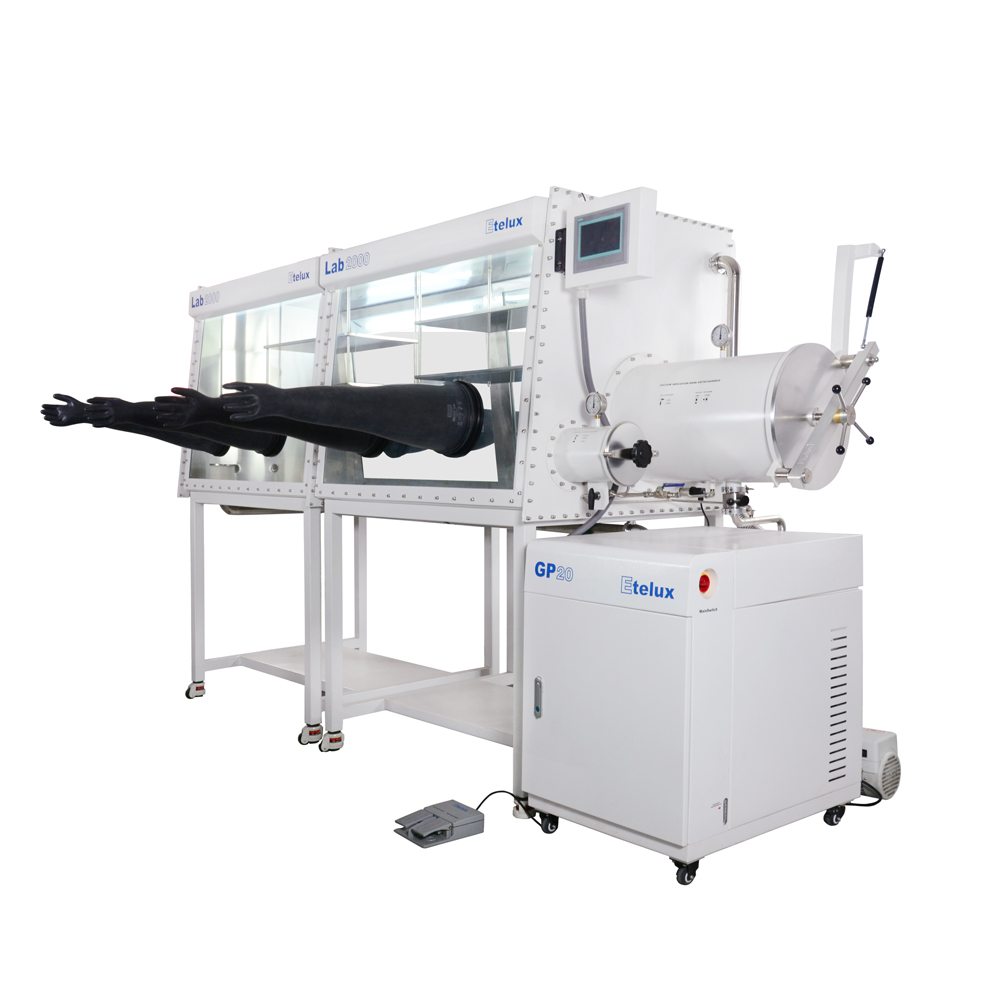1. Because the annotation liquid of the battery industry needs to work in low-humidity air, it will not chemically react with the electrolyte.
2. Through the measured dew point display value, it can be judged whether the equipment is working in a low moisture environment;
3. Only by understanding the dew point value in the glove box can the moisture in the glove box reach product quality;
4. Detection and control of humidity (dew point) during the battery production process can greatly improve the product qualification rate and make the battery storage capacity stronger.

Basic knowledge of lithium batteries
Lithium is a metal element, its chemical symbol is Li (its English name is lithium). It is a silver-white, very soft, chemically active metal, and it is the lightest among metals. In addition to its application in the nuclear energy industry, it can also manufacture special alloys, special glass (fluorescent screen glass used in TV sets) and lithium batteries. In lithium batteries it is used as the anode of the battery. Lithium batteries are divided into two categories: non-rechargeable and rechargeable. Non-rechargeable batteries are called disposable batteries, which can only convert chemical energy into electrical energy at one time, and cannot restore electrical energy to chemical energy (or have extremely poor reduction performance). The rechargeable battery is called a secondary battery (also called a storage battery). It can convert electrical energy into chemical energy and store it. When in use, it converts chemical energy into electrical energy. It is reversible, such as the main feature of electrical energy chemical energy lithium battery.

























